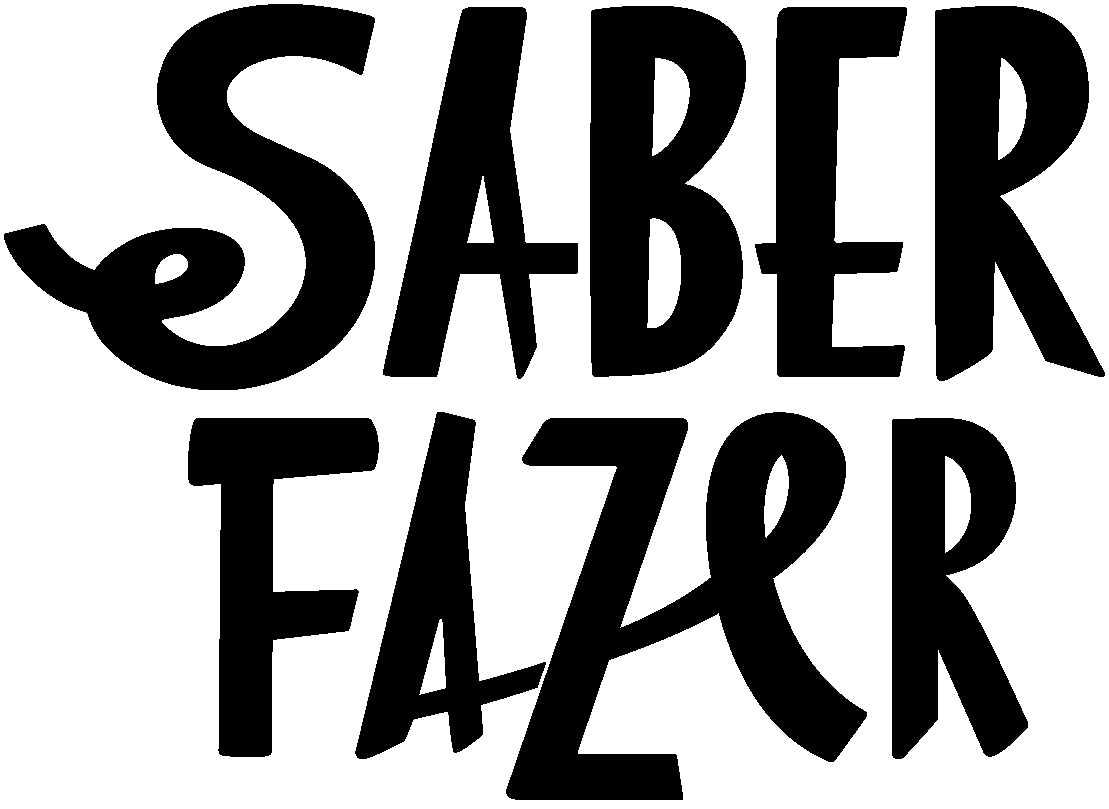o rebanho da Casa da Lã
Na segunda-feira fomos conhecer um dos rebanhos de onde vem a lã com que trabalham as Mulheres de Bucos.
Por lá, quando falamos com quem trabalha a lã, esta é sempre distinguida em apenas dois tipos: a lã brava e a lã meirinha.
As ovelhas bravas, que vim a saber que são as autóctones Churras do Minho, são as ovelhas que pastavam livremente no monte e não com o gado, daí a “brava”. São pequenas e o velo é mais comprido, oleoso e áspero do que o das meirinhas, o que seria de esperar de uma ovelha não tão domesticada.
Meirinha, que não duvido que seja uma adaptação de “merina”, usa-se para definir a lã que é mais macia e vem das ovelhas mais domesticadas, que pastam com o gado. Neste caso, por aqui a raça é a Bordaleira Entre Douro e Minho, também autóctone. Seriam outras se, recentemente, a população não tivesse aderido aos apoios destinados a assegurar a preservação da espécie e não tivesse feito a conversão das ovelhas de raça brangaçana que tinham anteriormente.
Numa altura em que a lã é considerada um subproduto que acontece quando se criam ovinos para carne, há muita gente que abandona a lã tosquiada pelos campos por não saber como lhe dar uso.


